OUR BLOG
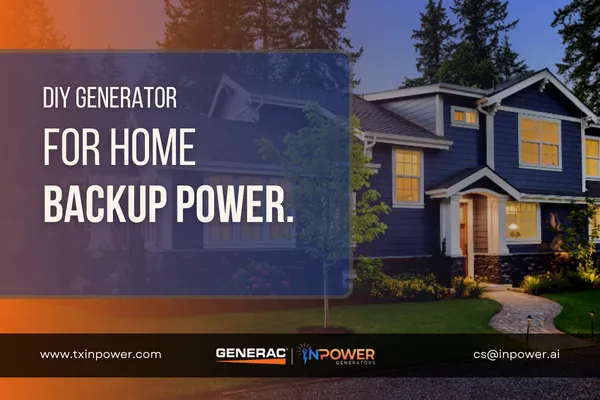
DIY Generator for Home Backup Power
Without a home backup power system, your family is at risk during a blackout. For power outages, have a fossil fuel generator on hand. Gas and diesel generators are loud, polluting, and need a lot of fuel.
If you like DIY, you can create a home battery backup system. The technique demands precision and several essentials. Learning how to design a home battery backup system may be satisfying and cost-effective.
Check the step-by-step directions to evaluate whether a DIY generator for home backup power is right for you. If it all seems too much, get specialists to install a Generac generator and relax.
DIY Generator for Home Backup Power Requirements
Extreme weather is causing increased power disruptions in the US and worldwide. Blackouts make home backup power a need, not a luxury. Building a DIY generator for home backup power takes more than a battery and wiring. All system components must be compatible with the battery and electrical panel.
The DIY approach need not be complex. A handyperson with minimal electrical abilities can handle it. A good DIY generator for home backup power requires these parts:
Battery charger
Power inverter
Cables and wiring
Backup battery for home
Step 1: Get A Power Inverter
The energy that powers your household equipment is called alternating current (AC). The fact that batteries produce DC is unfortunate. No household circuit board or device will work with a straight battery connection. One must convert the DC power from the batteries into AC power, often known as regular home electricity.
The inverter is a piece of equipment that changes the voltage from DC to AC. The foremost thing when shopping for an inverter is to figure out how much electricity you'll need. There will be a wattage rating on an inverter, but it won't tell you anything unless you know how much power your desired systems and appliances would need during a power outage.
Add up the wattages of all the appliances and electronics you intend to utilize in the event of a power loss to get an idea of your household's energy use. A 2000-watt inverter, for instance, may only provide power to several items that do not exceed 2000W in total wattage.
It's important to remember that turning on many appliances uses more power than they really need when they're running. Surge power or beginning watts are popular terms for this. Verify that the inverter can really power your appliances, not only keep them going.
Step 2: Get A Battery
Selecting a battery is the next step. A complete home backup power source will likely need many batteries.
Large appliances may be powered by bigger batteries with capacities of 3.6 kWh. However, smaller batteries with capacities of 100Wh are also available. Find out how many watts your intended appliances or gadgets use and multiply that by the desired runtime to get an idea of the power output and storage capacity you'll need.
To operate a 300W laptop for six hours, you'd need a battery that can store at least 1800W hours (1.8 kWh) of electricity. Choose batteries with twice as much storage capacity as you need. That way, you won't have to worry about their draining below 50% capacity. "Deep discharging" could reduce battery life and performance in certain chemistries.
Step 3: Get a Battery Charger
After that, an item to power up the batteries is required. You can charge your batteries safely using a charger and regulator. Avoid damaging your batteries by using a charger that is compatible with them.
You may permanently harm and reduce the effectiveness of your batteries if you overcharge or deplete them regularly. Keeping your batteries charged to their optimum capacity and efficiency between uses is possible with proper measurement and regulation of the charge they get.
You will have more time to use your electronics during a blackout if your battery is fully charged. To create an off-grid energy backup system for your house, you'll have to buy solar panels and the rest of the necessary components. You need to check that the batteries and solar panels are compatible.
Step 4: Connect
As a last step, you must connect all of your parts. Connect the inverter, charging controller, and source of power to your battery. After that, use a transfer switch (or power input, if one is available) to link your house battery backup system to your current wiring.
When the next power loss happens, your home's electrical system should be able to draw from the backup battery once everything is connected.
Common Mistakes While Making DIY Generator for Home Backup Power
Make sure the pieces you buy for your DIY generator for home backup power system are compatible with each other before you buy them. Doing otherwise will result in the premature failure of your battery system. You should also make sure to get high-quality components. In order to save money, a lot of individuals choose to do it themselves. But don't scrimp on the components' quality. With the correct parts, a DIY generator for home backup power system will last a lot longer and continue to be dependable.
Wrong Battery Chemistry
The following is a ranking of the most popular kinds of backup battery chemistry, from most efficient to least efficient:
LiFePO4 or LFP
Li-ion
Ni-Cad
Lead Acid
The unfortunate reality is that battery prices tend to rise in direct proportion to the efficiency of the battery chemistry. However, you should not make the error of focusing just on the first investment. Unlike LiFePO4 batteries, which may last for ten years or more, lead acid batteries will soon deplete their power supply.
Installation of the Backup Battery to the House's Electrical System Yourself
Things can take an ugly turn if you're not a pro at installation. Call a professional electrician if you aren't comfortable dealing with live electrical wires. The installation of a transfer switch to link your house's circuit panel to your backup batteries is a task best left to experts. As a do-it-yourselfer, you run the risk of electrocuting yourself or causing a fire that you won't notice until it's happened.
Bottom Line
There is no telling when the electricity could go out in any neighborhood. The most reliable defense against power outages is a backup generator. An excellent option to do-it-yourself projects is to invest in a full home backup generator. If you're worried about losing power for a lengthy period of time, the experts at In Power Generators can help you keep your essentials powered up and operating.
If you need assistance with home backup power, contact us immediately.
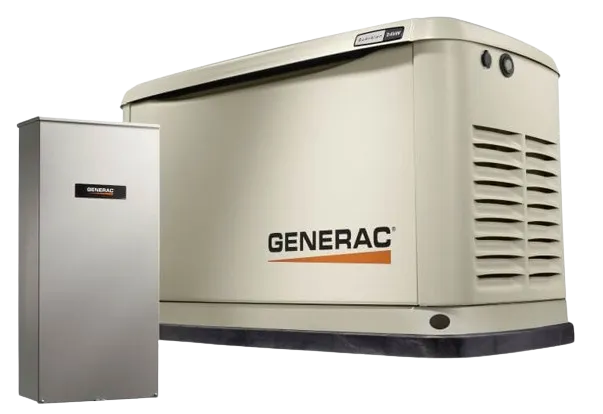
As Seen On Facebook, TikTok & Google
$1,500 INSTANT REBATE
WHEN YOU PURCHASE A WHOLE-HOUSE GENERATOR
What Our Customers Say About Us
Latest Reviews
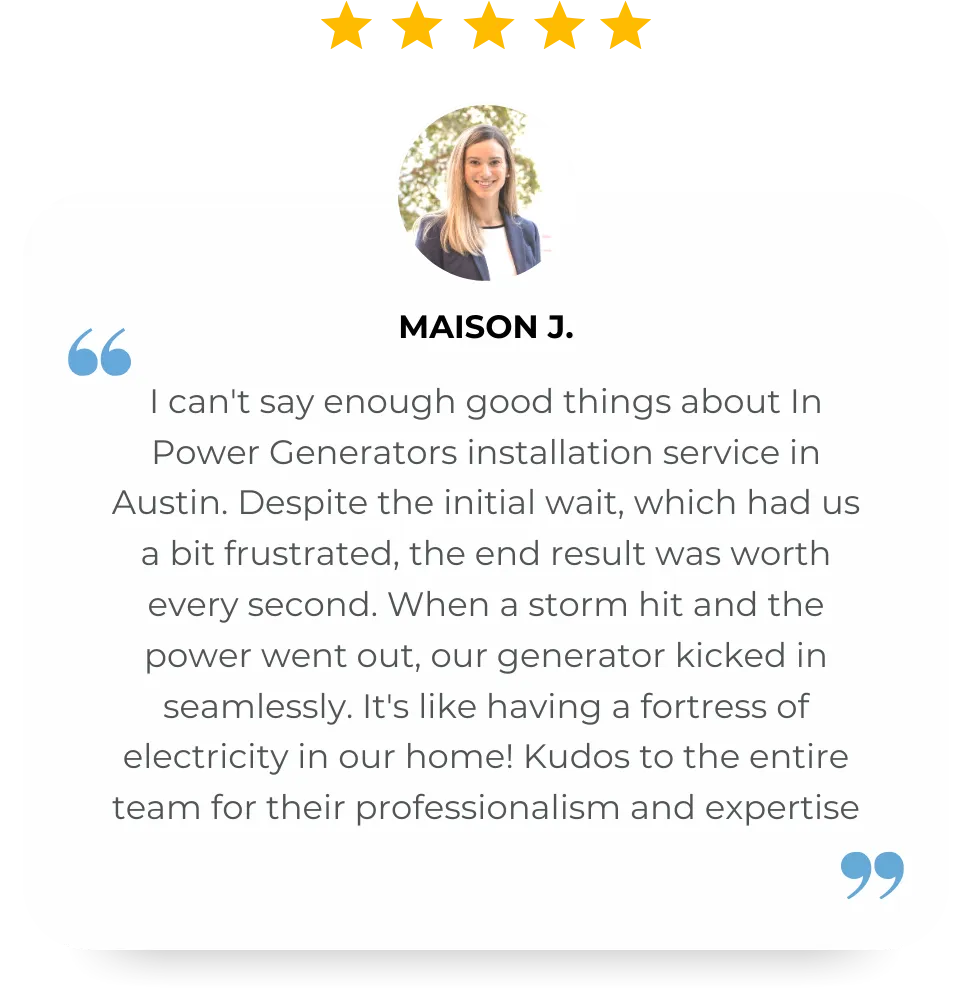
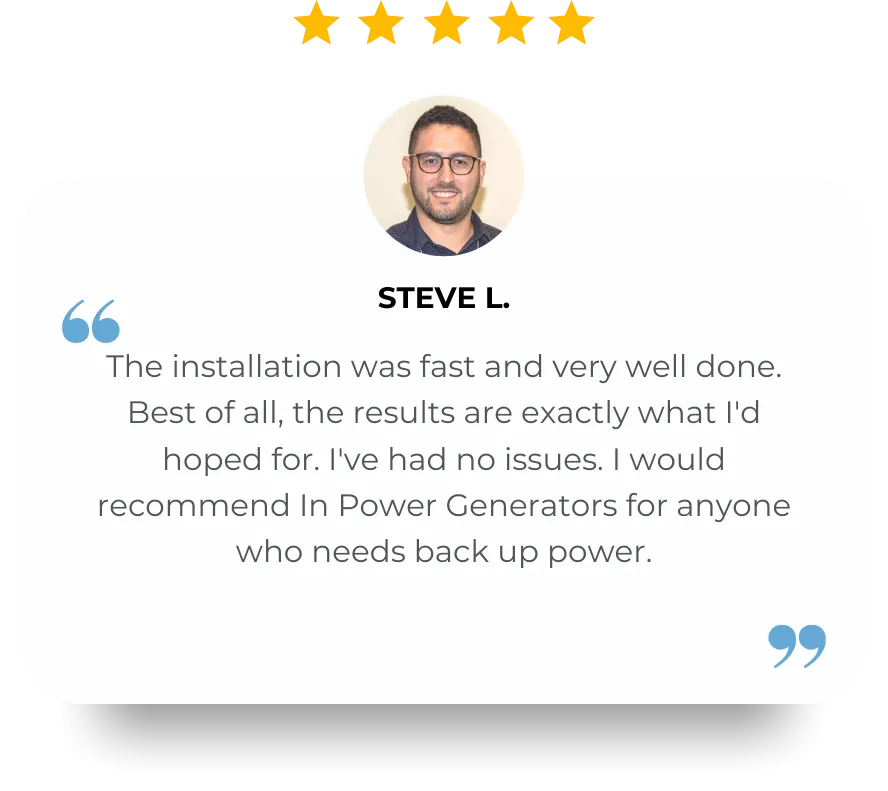
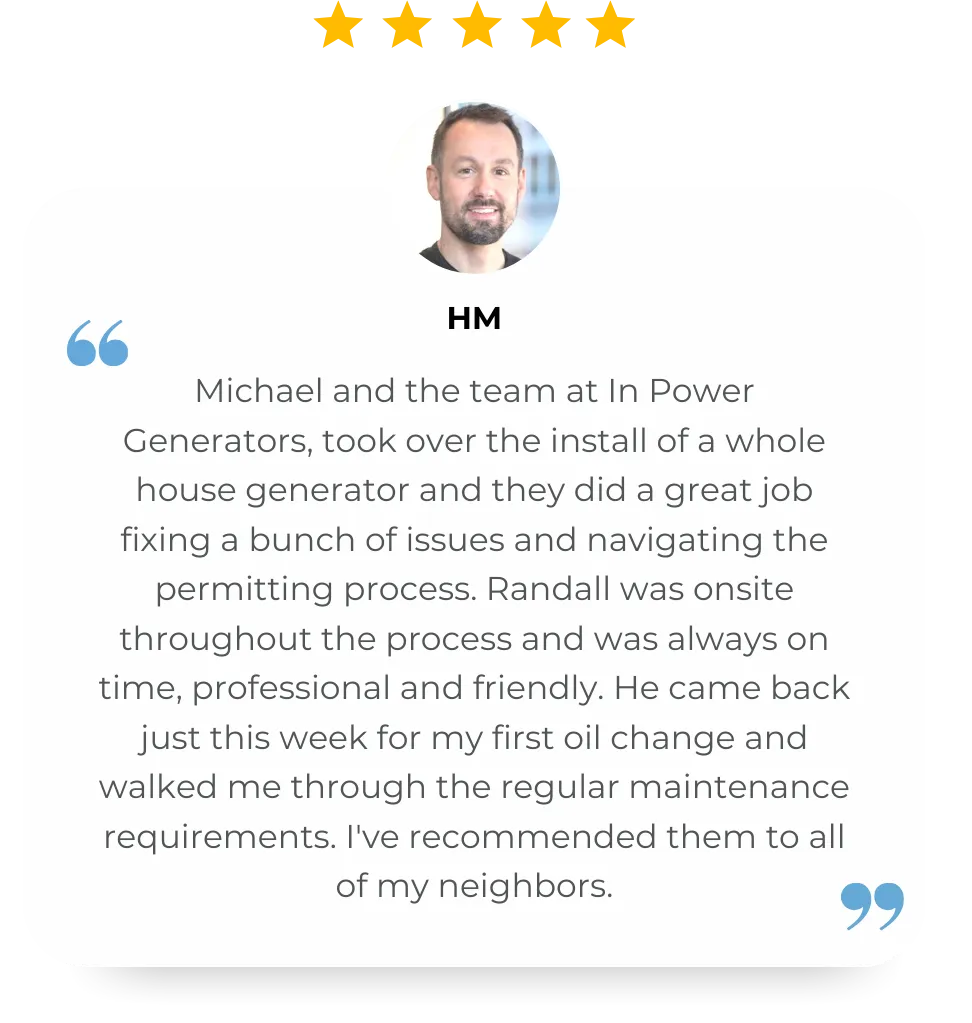



5 Star Reviews

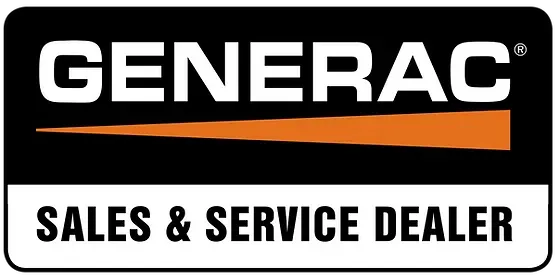


Serving Houston, Austin, San Antonio, DFW, Corpus Christi and Waco Markets





